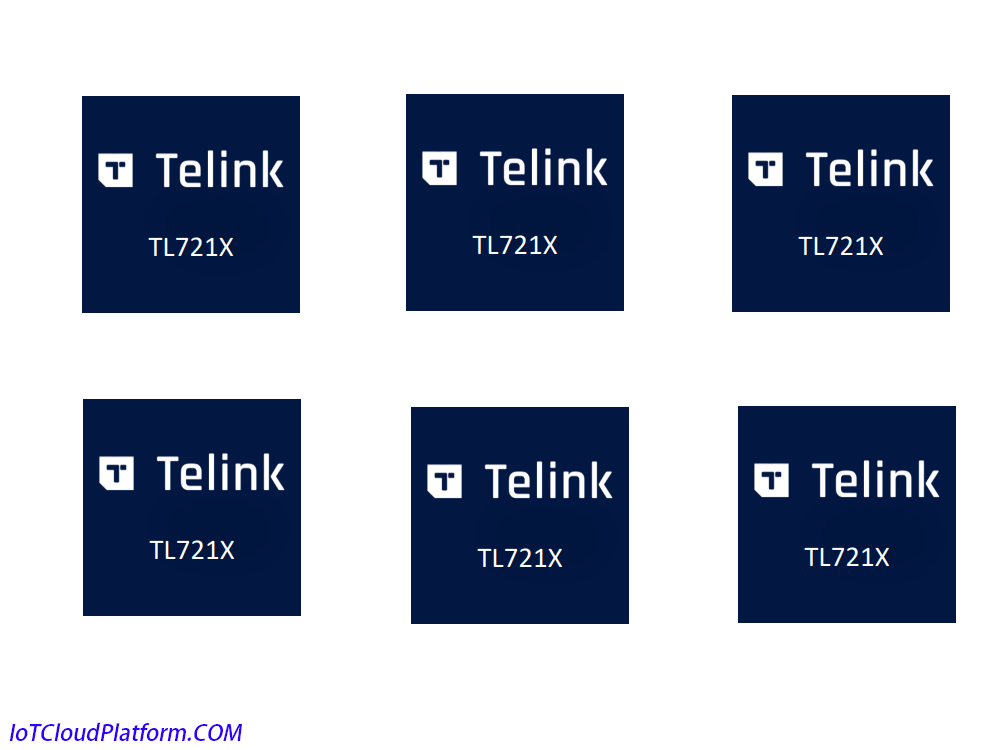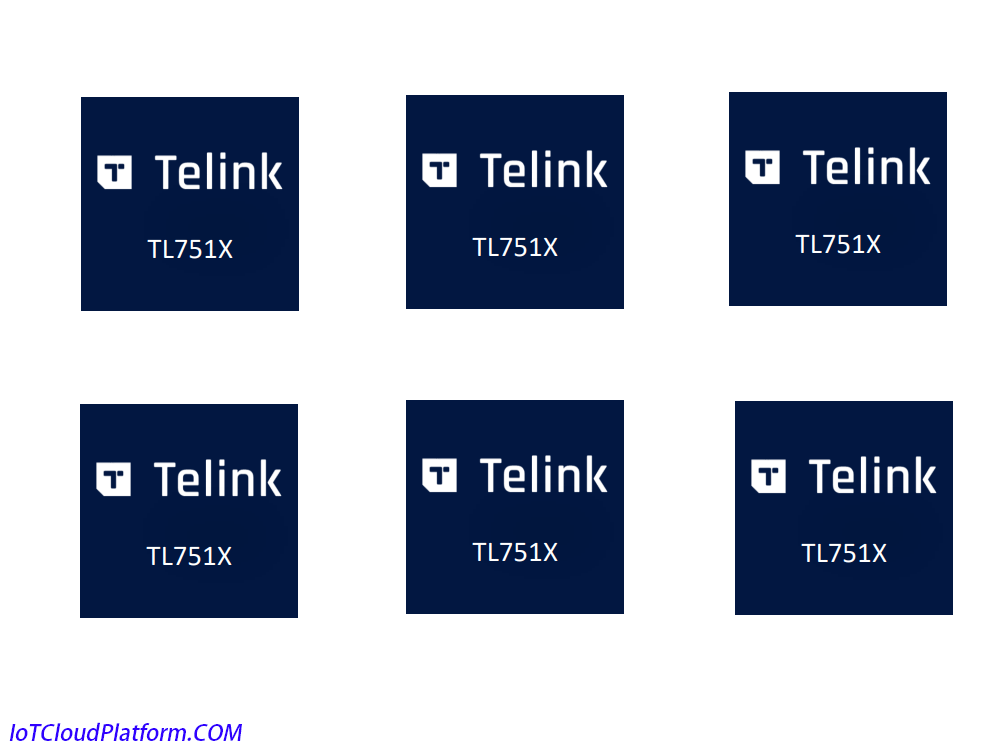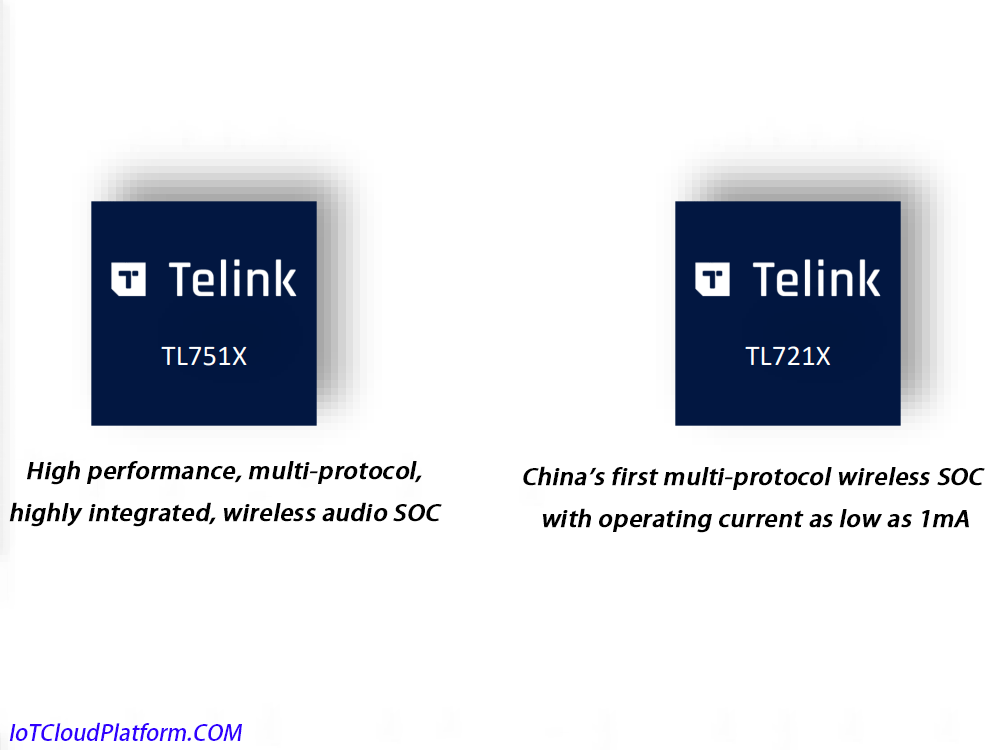
The lowest power consumption IoT chips TL721x and TL751x were released in China
Telink Microelectronics recently announced that the company has released the machine learning and artificial intelligence development platform TLEdgeAI-DK based on the two chips TL721x and TL751x.
Telink Microelectronics (Shanghai) Co., Ltd. (hereinafter referred to as “Telink Microelectronics”) was established in 2010. It is an integrated circuit company focusing on wireless IoT chip design and is headquartered in Shanghai Zhangjiang High-tech Park.
With more than ten years of technological accumulation and innovation, Telink Microelectronics has made remarkable achievements in the IoT chip market, especially in the field of low-power Bluetooth (BLE) chips, and has become a well-known wireless chip design company in the industry.
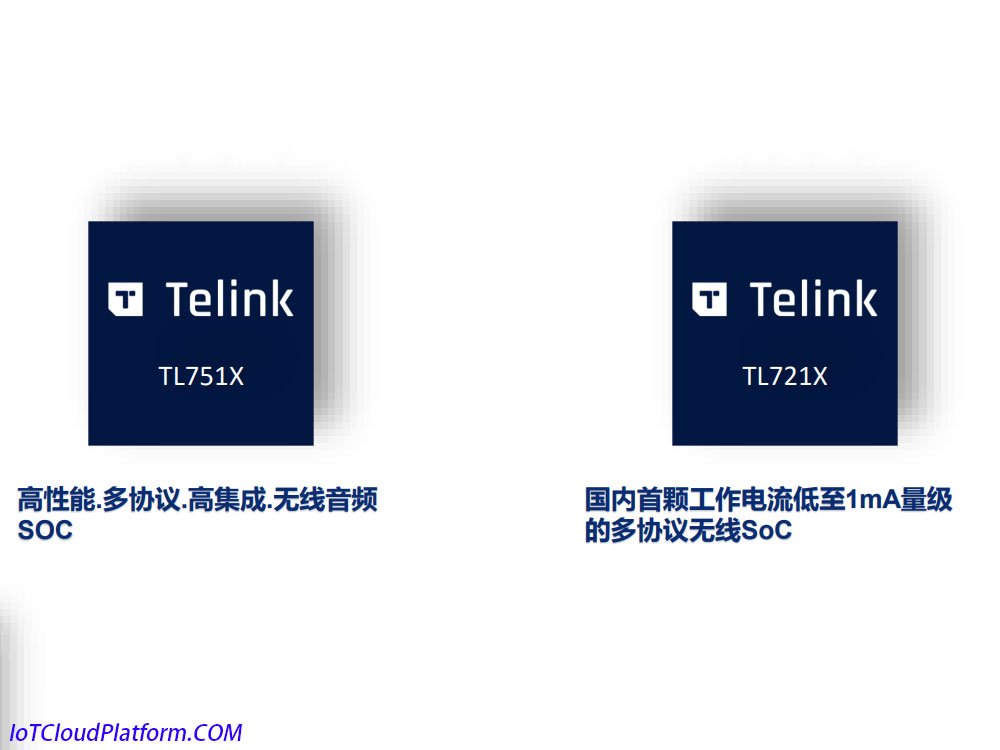
On November 5, 2024, Telink Microelectronics held a “core” product launch conference at the Shenzhen Convention and Exhibition Center, launching two new audio SoC products-TL751X and TL721X.
According to reports, this new product has increased edge AI computing capabilities and will support mainstream local AI models, such as Google LiteRT, TVM and other open source models. It is currently the world’s lowest power consumption intelligent IoT connection protocol platform, especially suitable for various products that require battery power.
Telink Semiconductor (688591) announced on the evening of December 17 that the company recently released TLEdgeAI-DK, a machine learning and artificial intelligence development platform based on TL721x and TL751x chips.
Machine Learning Model and Artificial Intelligence
In addition to the above features, it also supports users to quickly migrate existing machine learning models, and users can also use mainstream local artificial intelligence algorithms such as LiteRT and TVM, so that they can efficiently integrate local artificial intelligence functions when developing actual products.
Users can not only obtain LiteRT models that can be run directly, so that they can be used freely in a variety of machine learning and artificial intelligence work scenarios, but also use AI Edge conversion and optimization tools to smoothly convert TensorFlow, PyTorch and JAX models into TFLite format and run them. Users can use the ML/AI SDK provided by the company and combine the training model results to quickly integrate into actual product applications.
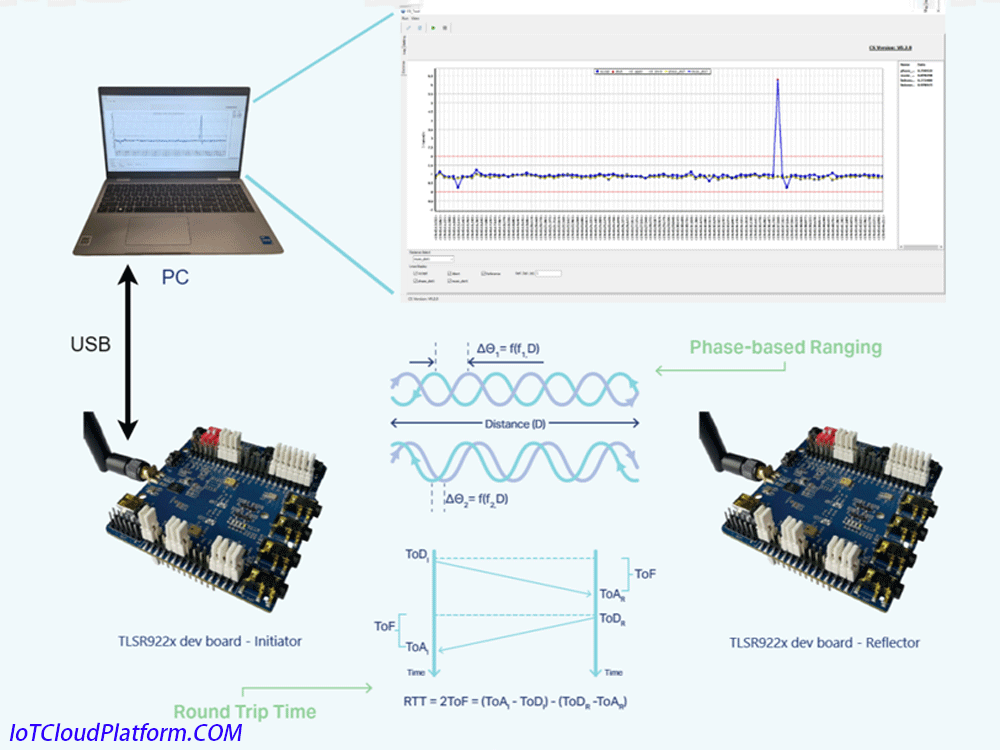
Among them, TensorFlow and JAX models are developed and maintained by Google’s artificial intelligence team Google Brain, and PyTorch is developed by Facebook’s artificial intelligence research team.
The release of the new generation of highly integrated chips TL721X and TL751X and the TL-EdgeAI development platform based on the two chips marks that Telink Microelectronics has made substantial progress in integrating machine learning and artificial intelligence software and hardware technologies and expanding the AI end-side application market.
At present, TL721X has entered the key stage of mass production preparation and is expected to officially start large-scale mass production in mid-2025. It has taken the lead in providing samples to some leading customers for preliminary trials and evaluations. TL751X has emerged in the market with its excellent high performance, extensive multi-protocol support and outstanding high integration advantages.
Telink Microelectronics Development Chronicle
It is reported that in recent years, Telink Microelectronics’ global market share in the field of low-power Bluetooth (BLE) chips has continued to increase. In 2018, the global market share was 10%, ranking fourth; in 2020, it rose to 12%, ranking third.
In 2021, Telink Microelectronics ranked second in the world in the number of low-power Bluetooth terminal product certifications, second only to Nordic, showing its products’ competitive advantages and technical strength in wireless transmission and low power consumption.
Huang Suling said that as of 2024, the company’s cumulative chip shipments have exceeded 2 billion pieces, showing wide recognition in the global market.
In 2020, Telink Microelectronics officially entered the wireless audio market and launched the TLSR951 series of audio chips, which is the company’s pioneering audio product. With the characteristics of multi-mode and low latency, this product has been favored by many brand customers as soon as it was launched. In 2021, Telink Microelectronics successfully became the only designated solution provider for Google TV remote control, further expanding the application scenarios of its audio products.
In 2022 and 2023, Telink Microelectronics won numerous projects in multiple vertical markets, including headphones, TWS headphones, game controllers and walkie-talkies, reflecting Telink Microelectronics’ leading advantages in audio and IoT technology.
Ms. Huang Suling, Audio Marketing Director of Telink Microelectronics, introduced: “Telink Microelectronics currently ranks third in the world in BLE chip shipments, and shipments have exceeded 2 billion pieces in 2024.”
In 2022 and 2023, the company has been recognized by leading customers in multiple market segments such as smart home, medical equipment, warehousing and logistics, smart lighting control, and smart wearables, and continues to promote the innovative application of IoT technology.
Thanks to the high performance and low power consumption of its chips, Telink Microelectronics not only provides high-quality solutions for the consumer market, but also occupies an important position in the commercial market.
In 2023, Telink Microelectronics was successfully listed on the Shanghai Science and Technology Innovation Board. This milestone marks the company’s entry into a new stage of development.
In 2024, Telink Microelectronics launched two new audio chips, TL751X and TL721X, with higher compatibility and flexibility, designed to meet customers’ diverse needs in the Internet of Things and wireless audio.
Edge AI heats up, companies increase their layout
Telink Microelectronics introduced that it has successfully used the TLEdgeAI-DK platform to integrate edge AI’s machine learning model into smart home and smart audio products, achieving close integration with practical applications.
At the same time, it is also working with more users and strategic partners to develop various innovative products with edge AI functions suitable for different application fields.
AI products applied to edge computing
The release of new products will enhance the competitiveness of the company’s products in related fields, further open up a huge market that requires both wireless connectivity and edge AI computing capabilities, and is expected to have a positive impact on the company’s future market expansion and performance growth.
The intelligent communication positioning circle learned that edge AI has shown strong development momentum. According to Gartner’s forecast, by 2026, 80% of global companies will use generative AI, and 50% of global edge deployments will include AI.
Since the beginning of this year, the application of generative AI in various industries has been continuously implemented. Enterprises have actively used large model technology to solve business challenges and promoted a series of innovative results. The commercial use of large models is entering a critical stage of large-scale development.
Edge computing market valuation
STL Partners believes that by 2030, the global potential market size of edge computing will grow to US$445 billion, with an industry compound annual growth rate of up to 48%.
The lightweight large language model inferred on the edge side is expected to drive the growth of edge AI computing and accelerate the update and iteration of the edge hardware market. Edge terminals, computing power, chips and other links in the industrial chain are expected to usher in large-scale development.
Net profit increased significantly in the first three quarters of 2024
According to the data, the main business of Telink Microelectronics is the research and development, design and sales of low-power wireless IoT chips, mainly focusing on low-power Bluetooth chips, multi-protocol (including Zigbee, Matter, etc.) IoT chips, private protocol 2.4G chips and wireless audio chips. Products are widely used in computer peripherals, smart homes, smart hardware, smart industrial systems, smart business systems and other fields.
In the first three quarters of 2024, the company achieved operating income of 587 million yuan, a year-on-year increase of 23.34%; net profit of 64.2713 million yuan, a year-on-year increase of 71.01%; non-net profit of 61.26 million yuan, a year-on-year increase of 95.61%; basic earnings per share of 0.27 yuan.
On December 5, Telink Microelectronics stated at the performance briefing that since technologies such as Bluetooth 6.0 are still in the stage of just being released, the company’s products are also in the stage of customer promotion and early design, and will not generate revenue contribution this year. The company expects related products to contribute revenue as early as 2025.
Two good news about Telink Microelectronics recently
First, Telink Microelectronics’ Bluetooth chip and self-developed protocol stack successfully obtained the Bluetooth 6.0 certification certificate issued by the Bluetooth Technology Alliance (SIG). This certification covers the most core Bluetooth channel detection (Channel Sounding) technology among the new functions of Bluetooth 6.0. It is reported that Telink Microelectronics is the first non-mobile chip company in the world to obtain this certification, and it is also the first chip company in China to obtain Bluetooth 6.0 certification.
Secondly, the Zigbee protocol stack based on Telink Microelectronics TLSR9 series SoC officially obtained the Zigbee PRO R23+Zigbee Direct compatible platform certification certificate issued by the CSA Alliance, becoming the first chip company in China to obtain this certification.
The protocol stack used for this certification was fully independently developed by Telink, which means that Telink can provide highly optimized overall solutions with independent intellectual property rights.
The future of IoT chips
As a key technology for connecting physical devices and the Internet, IoT chips have developed rapidly in recent years and have been widely used in smart homes, smart security, smart transportation, industrial automation and other fields. With the continuous development and popularization of technologies such as 5G, artificial intelligence, and edge computing, the application fields of IoT chips will be further expanded and deepened, and the future prospects are broad.
In the future, IoT chips will show a development trend of miniaturization, low power consumption, high integration, and high reliability. At the same time, IoT chips will support a variety of wireless communication technologies to meet the connection needs in different scenarios.
Combined with artificial intelligence technology, IoT chips will give devices more powerful intelligent capabilities and achieve more intelligent and autonomous decision-making and control.
In addition, with the continuous development of IoT technology and the continuous expansion of its application areas, the market demand for IoT chips will continue to grow. Domestic and foreign companies are actively deploying the IoT chip industry, increasing R&D investment, and improving product performance and quality to compete for market share.
In short, as one of the core components of the IoT industry, IoT chips will usher in a broader development prospect in the future.
About IoT Cloud Platform
IoT Cloud Platform (blog.iotcloudplatform.com) focuses on IoT design, IoT programming, security IoT, industrial IoT, military IoT, IoT programming language, best IoT projects, IoT ideas, IoT companies, Chinese IoT companies, American IoT companies, top IoT companies, sensor factories, sensor equipment, IoT modules, embedded development, IoT circuit boards, IoT solutions, Raspberry Pi development, Arduino programming, Raspberry Pi programming design, RFID companies, lora devices, IoT systems, agricultural IoT sensors, temperature and humidity sensors, liquid level sensors, light sensors, sound sensors, artificial intelligence, AI development, AI robots, blockchain technology We will share and explore scientific and technological knowledge such as technology, simulation robots, robotic arms, smart homes, smart cities, smart agriculture, smart factories, smart security, edge computing, big data, cloud computing, brain-computer interfaces, machine learning, deep learning, robots, VR/AR, AI simulation technology, motion control, material science and technology, machine learning, new energy, photovoltaic solar energy, lithium batteries, RFID, brain-like artificial intelligence technology, causal learning algorithm system, brain-like chipset, silicon brain SBB, brain-like decision computing box, edge computing box, machine perception, brain-like decision, autonomous unmanned system, unmanned aviation, unmanned spaceflight, unmanned navigation, unmanned driving, brain-like computing algorithms, chip research, cognitive neuroscience, brain-like algorithms, general artificial intelligence/AGI, brain-like intelligence, brain-like chips, semiconductors, smart hardware, etc. We are committed to becoming the world’s best IoT technology knowledge sharing platform.
